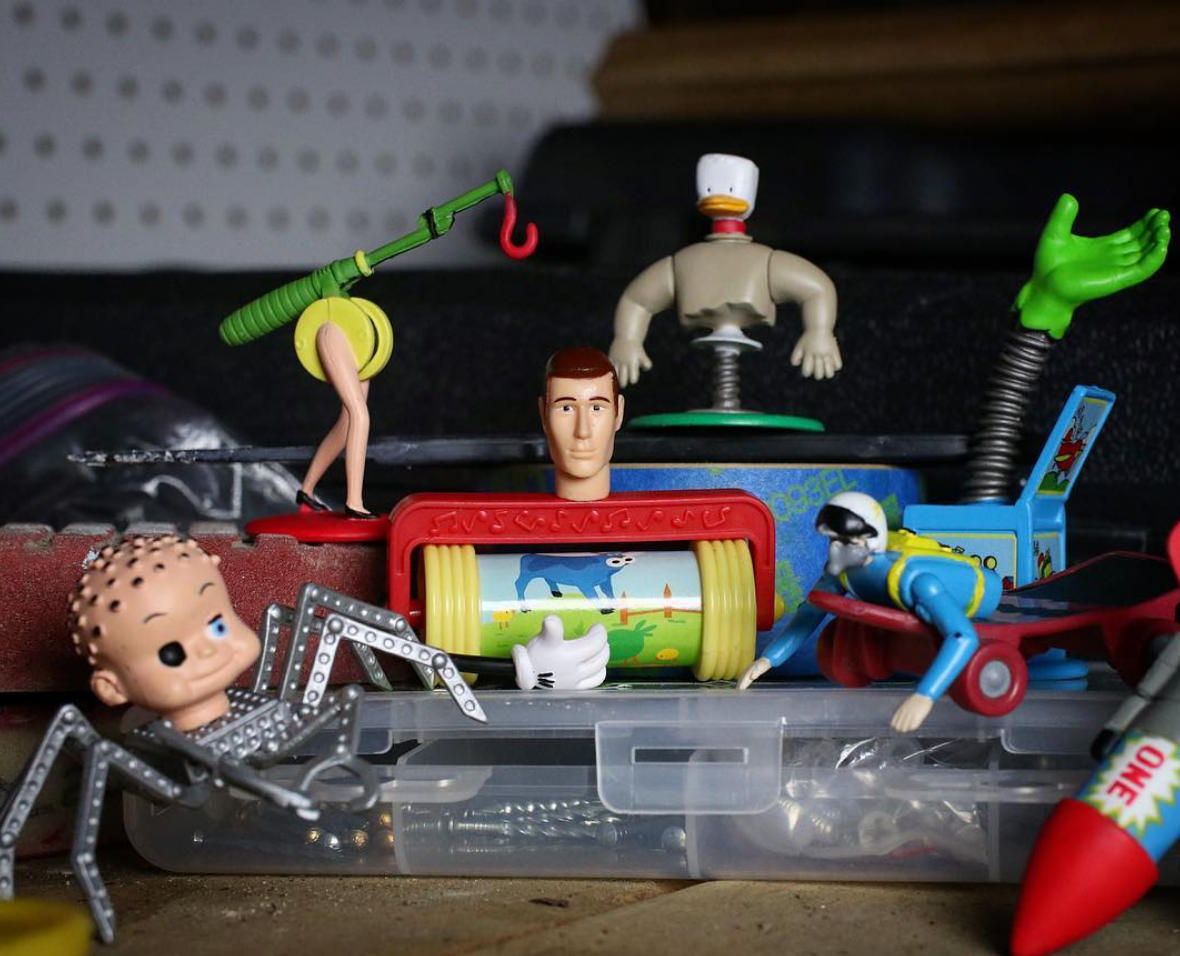In the beloved Pixar franchise, Toy Story, Sid Phillips stands out as one of the most memorable characters, embodying the darker aspects of childhood imagination. As the neighborhood's notorious toy destroyer, Sid's interactions with toys have sparked curiosity and conversation about the nature of play and creativity. With his penchant for altering and dismantling toys, Sid serves as a stark contrast to the film's more heroic characters like Woody and Buzz Lightyear. This article delves into the world of Sid from Toy Story toys, exploring his role in the franchise and the implications of his actions on the toy universe.
The character of Sid, while often portrayed as a villain, represents a complex aspect of childhood play—one where destruction and creation go hand in hand. Through his character, the Toy Story series challenges viewers to reflect on their own experiences with toys and the narratives we create around them. This exploration not only enhances our understanding of Sid himself but also invites us to consider what it means to truly play.
As we embark on this journey to uncover the layers behind Sid from Toy Story toys, we will explore various themes such as the psychology of play, the significance of creativity in childhood, and the impact of Sid's character on toy culture. So, buckle up as we dive into the whimsical yet thought-provoking world of Sid and his toys!
Who is Sid from Toy Story?
Sid Phillips is a character introduced in the original Toy Story film released in 1995. He is portrayed as a young boy who enjoys tormenting and destroying toys, viewing them as mere objects rather than companions. Sid's character serves as a foil to the main characters, highlighting the importance of friendship, loyalty, and the nurturing aspect of play. Despite his antagonistic role, Sid's actions provide a valuable commentary on the complexities of childhood imagination.
What are Sid's Most Notable Toys?
Sid's collection of toys is as eclectic as it is unsettling. He has a unique talent for reassembling broken toys into bizarre hybrids, showcasing his creativity in a twisted manner. Some of Sid's most notable toys include:
- Babyface: A creepy doll with a baby’s head attached to a spider’s body.
- Three-Headed Dog: A monstrous creation with elements from various toys, embodying Sid’s destructive creativity.
- Mr. Potato Head: Often seen in Sid's collection, this toy showcases Sid’s ability to alter toys for his amusement.
- Exploding Action Figure: A toy that reflects Sid's penchant for destruction.
What Can We Learn from Sid's Character?
Despite the negative connotations associated with Sid's character, there are valuable lessons to be learned. Sid represents the darker side of creativity, where imagination can lead to destruction. This duality prompts us to consider the importance of empathy, responsibility, and care when engaging in creative play. Understanding Sid's character allows us to reflect on how we treat our possessions and the significance of nurturing relationships, even with inanimate objects.
How Did Sid Impact Toy Culture?
Sid's character has left an indelible mark on toy culture, influencing how children and adults perceive their playthings. His actions in Toy Story serve as a cautionary tale about the potential consequences of neglecting toys' emotional significance. As a result, Sid has become a symbol of what can happen when play turns dark. His legacy prompts discussions about ethical play and the importance of respecting toys as companions.
What Are the Psychological Implications of Sid's Actions?
Sid's behavior raises questions about the psychological aspects of play, particularly regarding aggression and creativity. His penchant for destruction may reflect underlying issues related to control and expression. Understanding the psychological implications of Sid's actions can provide insights into child behavior and the importance of fostering healthy play experiences. It encourages parents and caregivers to recognize the signs of aggressive play and intervene when necessary.
How Did Sid's Character Evolve in Toy Story Sequels?
While Sid's character primarily appears in the first Toy Story film, he has been referenced in subsequent sequels, showcasing his growth and transformation. In Toy Story 3, for instance, Sid is seen as a garbage collector, hinting at a change in his relationship with toys. This evolution reflects the idea that people can learn from their past actions and grow into more empathetic individuals. It suggests that even the most notorious toy destroyer can find redemption.
What Makes Sid from Toy Story Toys So Memorable?
Sid's character is memorable for several reasons, particularly his complex nature and the themes he embodies. His portrayal challenges traditional notions of childhood innocence, prompting viewers to reflect on the duality of play. Moreover, the unique design of Sid's toys, such as the three-headed dog and Babyface, adds to the surreal and unforgettable quality of his character. Sid's legacy continues to resonate with audiences, making him a fascinating figure in the Toy Story universe.
How Can Parents Use Sid's Character as a Teaching Tool?
Parents can leverage Sid's character as a valuable teaching tool when discussing the importance of empathy, creativity, and respect for belongings. By exploring Sid's actions and their consequences, parents can engage their children in conversations about the significance of caring for toys and treating them as friends. This approach can foster an understanding of the emotional connections we develop with our possessions and promote responsible play.
Conclusion: Embracing the Complexities of Play
In conclusion, Sid from Toy Story toys serves as a fascinating lens through which we can explore the complexities of childhood play. While he embodies the darker aspects of creativity, his character encourages us to reflect on the importance of empathy and care. As we navigate the whimsical world of toys, it's essential to acknowledge the lessons Sid teaches us about play, imagination, and the value of nurturing relationships. Ultimately, Sid's character enriches the Toy Story narrative and invites us to embrace the multifaceted nature of playtime.



